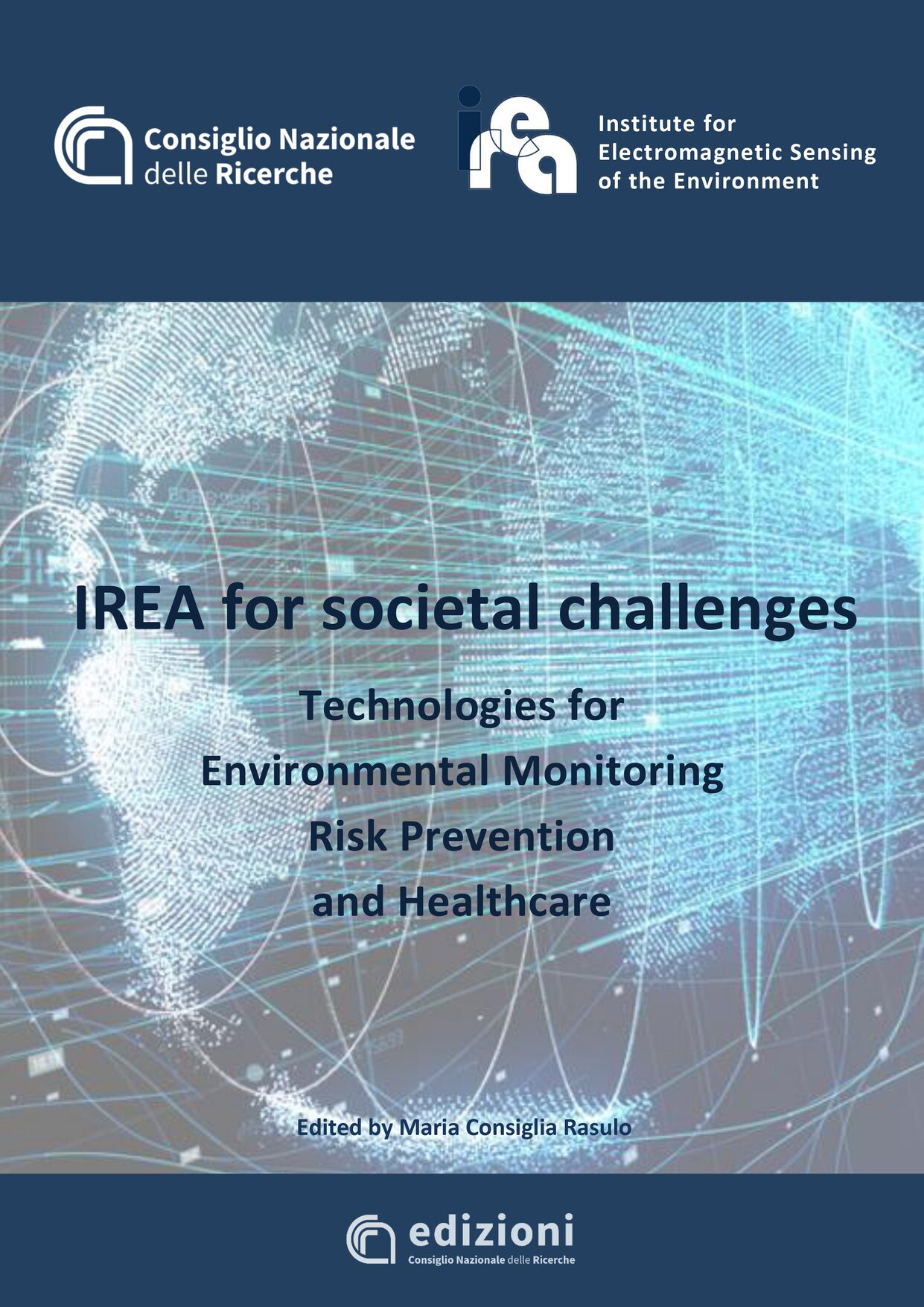
Some bio-geophysical parameters, such as qualitative or quantitative indicators of the condition of natural surfaces, can be estimated from remote sensed data. Images acquired from both optical and microwave spectrum range can be used as source of data, and different kind of physically based models can be implemented in order to estimate the parameters of interest. These models describe both the interaction between the electro-magnetic radiation and natural surfaces (e.g. radiative transfer models) and processes concerning surface properties (e.g. wave phenomena). When optical remote sensing techniques are used, data acquired in the visible-infrared wavelengths are analyzed taking in account absorption and scattering phenomena acting both in the atmospheric medium and at surface level. Thanks to radiative transfer equations, optical parameters, which in turn describe some bio-geophysical properties of natural surfaces, are estimated with good accuracy. On the other hand, microwave radiation properties make the Synthetic Aperture Radar (SAR) sensors particularly suitable to estimate geometric features of natural surfaces.
Nowadays, activities aimed to the determination of bio-geophysical parameters are many, with applications interesting different environments. At the basis of the estimation techniques, the signal recorded by satellite sensors is converted in physical quantities at surface level (e.g. spectral reflectance, radar cross section), which in turn can be related to different parameters. Among them: water quality parameter concentrations (e.g. chlorophyll-a, suspended solids); bottom depth and substrate characteristics in coastal zones; biomass estimation of both aquatic and terrestrial vegetation; evaluation of structural indicators of vegetation (e.g. Leaf Area Index); determination of snow cover properties (albedo, grain-size); estimation of wind field and directional properties of waves on the water surface; estimation of marine ice thickness at the interface with the open ocean.
Physically based models for the estimation of bio-geophysical parameters, if well calibrated and validated, allow the elaboration of remote images independently from instrumental and sensor characteristics, making this methodology especially suitable for retrospective and multi-temporal analysis using multi-sensor data.



